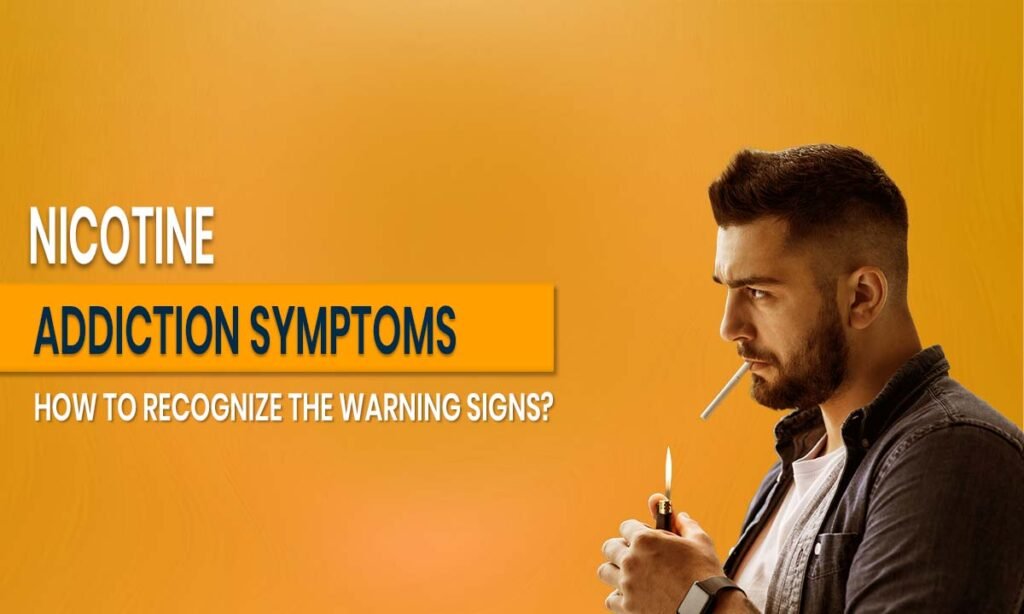
What is Histrionic Personality Disorder
Have you ever noticed someone who craves attention at all costs? Maybe someone who seems to overreact to situations, always wants to be the center of attention, or often displays dramatic emotions? These behaviors may be a sign of Histrionic Personality Disorder (HPD), a mental health condition that can affect one’s relationships and well-being. In this article, we will explore Histrionic Personality Disorder in detail, covering its symptoms, causes, and treatment options. If you or someone you know is struggling with this, Athena Luxus is here to provide support and guidance. So today, read this article till the very end because we are about to dive deep into Histrionic Personality Disorder and help you understand how to manage it.
Recognizing the Symptoms of Histrionic Personality Disorder
People with Histrionic Personality Disorder often display attention-seeking behaviors. Some common Histrionic Personality Disorder symptoms include:
- Excessive emotionality and dramatic gestures, often seen as exaggerated or inappropriate.
- Constant need for attention, often going to great lengths to be the center of focus.
- Shifting emotions that can change rapidly from one extreme to another.
- Inappropriate seductive behavior to draw attention or provoke reactions.
- Constantly seeking reassurance or approval from others.
If you or someone close to you is exhibiting these behaviors, it could be a sign of Histrionic Personality Disorder. Early recognition is key to managing the condition and improving one’s quality of life.
Histrionic Personality Disorder Causes and Etiology
Histrionic Personality Disorder can develop due to a mix of biological, psychological, and environmental factors. Some research suggests that it may be linked to genetics, while others point to early childhood trauma or neglect. People who are prone to Histrionic Personality Disorder might have experienced overindulgence or, conversely, neglect from caregivers, leading them to seek validation and attention in adulthood.
Understanding the root causes of Histrionic Personality Disorder can help us empathize with those affected by it. However, recognizing that these underlying issues exist also empowers us to seek the proper treatment.
How Common is Histrionic Personality Disorder?
Histrionic Personality Disorder is considered relatively rare. It affects approximately 1-2% of the population, with a higher prevalence among women. However, this disorder is often misunderstood, and many people may not seek treatment due to the social stigma surrounding mental health conditions.
It’s crucial to recognize that Histrionic Personality Disorder is not a personal flaw but rather a medical condition that can be managed with the right approach.
Histrionic Personality Disorder vs. Borderline Personality Disorder (BPD)
Though Histrionic Personality Disorder and Borderline Personality Disorder (BPD) may share some overlapping symptoms, they are distinct conditions. BPD is marked by intense fear of abandonment and unstable relationships, while HPD is characterized by excessive attention-seeking and emotionality.
The key difference lies in the Histrionic Personality Disorder symptoms, which primarily revolve around the desire for attention, whereas BPD is driven by a deep fear of rejection and emotional instability. Proper diagnosis by a mental health professional is crucial in distinguishing between these two conditions.
Treatment Options for Histrionic Personality Disorder
When it comes to Histrionic Personality Disorder treatment, therapy plays a significant role. Here are some common treatment options:
- Psychotherapy: Cognitive-behavioral therapy (CBT) is often used to help individuals recognize and change harmful thought patterns.
- Group Therapy: Engaging in group therapy allows people with Histrionic Personality Disorder to practice more appropriate ways of interacting with others.
- Medication: While there are no specific medications for HPD, some individuals may benefit from medication for anxiety or depression if those symptoms are present.
It’s important to remember that Treatment for Histrionic Personality Disorder is ongoing. Therapy, support from loved ones, and self-reflection are all key components of the healing journey.
Histrionic Personality Disorder and Relationships
Living with Histrionic Personality Disorder can affect one’s relationships. Those with HPD may struggle to form deep, meaningful connections because their attention-seeking behaviors often overshadow the needs of others. They might manipulate or charm people into giving them attention, which can cause strain in both romantic and platonic relationships.
But it’s not all bad news. With proper treatment, those with Histrionic Personality Disorder can learn to foster healthier, more genuine connections by focusing on emotional regulation and improving self-awareness.
Managing and Coping with Histrionic Personality Disorder
Coping with Histrionic Personality Disorder involves recognizing the behaviors that need to change and working toward more positive ways of seeking attention. Here are some strategies:
- Self-awareness: Understanding the triggers for attention-seeking behaviors can help individuals gain control over them.
- Building healthy relationships: Focusing on building trust and mutual respect can lead to deeper connections.
- Developing emotional resilience: Learning how to handle rejection and criticism without overreacting is essential.
With therapy, self-awareness, and practice, individuals with Histrionic Personality Disorder can take control of their lives and manage the disorder effectively.
If you’re struggling with Histrionic Personality Disorder or any mental health challenges, don’t hesitate to reach out to Athena Luxus.
We offer tailored treatment plans to help you regain control over your life. Book your appointment today and start your journey toward healing. Remember, mental health is just as important as physical health—don’t wait, take action now
Patient Experiences:
Rani Sharma: Before I came to Athena Luxus , I was struggling with my emotional outbursts. Therapy helped me understand my actions and emotions, and I now manage better.”
Praveen Kumar: “I was always seeking attention from everyone around me, but after starting my treatment, I learned healthier ways to interact and build real relationships.”
Seema Patel: “Living with HPD was exhausting, but the therapy I received at Athena Luxus gave me the tools to take control of my emotions.”
Rohit Verma: “The support from Athena Luxus made all the difference in my journey. Now, I feel empowered to live without the constant need for approval.”
Frequently Asked Questions
Ques 1 – What is the best therapy for histrionic personality disorder?
Ans 1 – The best therapy for histrionic personality disorder is typically cognitive-behavioral therapy (CBT), as it helps individuals identify and change negative patterns of thinking and behavior.
Ques 2 – What is the difference between HPD and BPD?
Ans 2 – While both disorders involve emotional instability, Histrionic Personality Disorder focuses more on seeking attention, while BPD involves a fear of abandonment and unstable relationships.
Ques 3 – What causes Histrionic Personality Disorder?
Ans 3 – HPD can stem from childhood experiences, such as overindulgence or neglect, combined with genetic factors.
Ques 4 – How is Histrionic Personality Disorder treated?
Ans 4 – Treatment usually involves therapy, such as cognitive-behavioral therapy, and may include medications for related conditions like anxiety or depression.
Ques 5 – What are the symptoms of Histrionic Personality Disorder?
Ans 5 – Symptoms include excessive emotionality, a constant need for attention, shifting emotions, and inappropriate seductive behavior.

